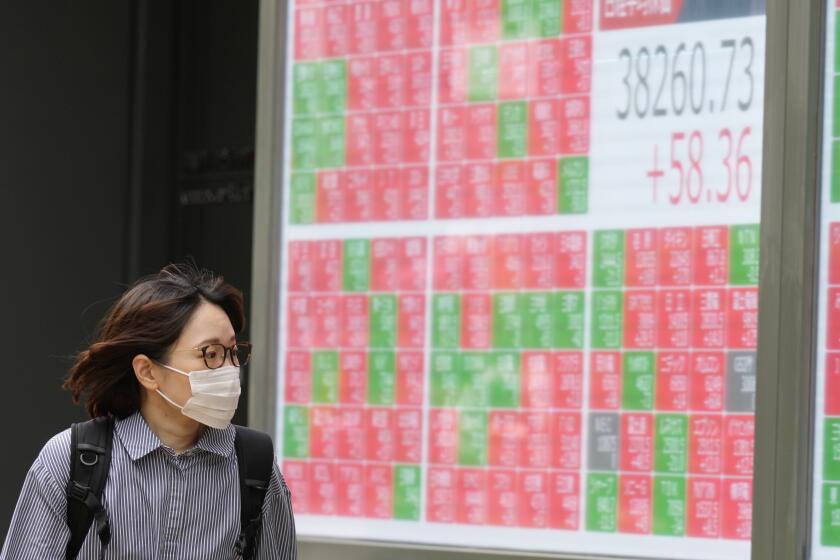Personal finance Q&A: Will co-signing a student loan affect credit?

Dear Liz: I have two kids heading to college. Both need co-signers for their student loans. Will me co-signing have a negative effect on my credit? The kids have no choice. I’m middle class, having made enough to get myself by as a divorcee, but there’s no college savings. To make matters worse, I make just over the base for them to get a Pell Grant. I’m concerned about my credit, but my kids need to go to college.
Answer: Your children probably do need to go to college if they want to maintain a middle-class lifestyle in the 21st century. They probably don’t need to finance that education with private student loans, which are the kind that require a co-signer.
Co-signing means the loans show up on your credit reports. Your credit scores can be trashed if your children miss a single payment. If they stop paying, the lender will come after you for the balance.
Federal student loans are a much better option. They have fixed rates, numerous repayment options and the possibility of forgiveness.
Private student loans typically have none of those attributes. Quite the opposite: There are horror stories of private lenders that refused to forgive the balance of borrowers who died, leaving co-signers on the hook.
The big problem with federal student loans is that the amount your children can borrow is limited.
A first-year student typically can borrow just $5,500 and usually no more than $31,000 for an undergraduate degree. The average net cost of a public four-year university — the sticker price for tuition, fees, room and board minus grants and scholarships — was just under $13,000 in 2014-15.
That leaves a fairly substantial gap to cover, especially with no savings and two children.
If you can’t cover the gap out of your current income, your family needs to consider some options. Finding more generous colleges might be one.
Institutions vary tremendously in their willingness to meet families’ financial need. While few meet 100% of a typical student’s need, the more generous shoot for 90% or more. Some meet less than 70%. (You can find these need statistics, and many others, at the College Board’s Big Future site, at https://bigfuture.collegeboard.org.)
You also could consider a couple of years at a community college. There are some one- and two-year technical degrees, typically in the health and science fields, that pay more than the average four-year degree.
Or your children could attend community college to get some requirements out of the way cheaply before transferring to a four-year school, but be aware that the dropout rate at two-year schools is high, even for students who start fully intending to complete a bachelor’s degree.
Another option is for you to borrow, but you shouldn’t consider doing so unless you’re saving adequately for retirement and can continue to do so while paying off the loans. Federal PLUS loans offer fixed rates, but if you can pay the loan off quickly, a home equity loan or line of credit may be a less expensive option.
Fee for paying taxes online
Dear Liz: I was intrigued by your answer to the question about paying taxes through the IRS Electronic Tax Payment System. I went to the website you mentioned (www.irs.gov/payments) and found that there was a fee.
You didn’t point this out, and I think it is relevant. My quarterly estimated payment would be $1,726 and the fee for a Visa payment would be 2.29%, which equals $39.55. If my math is correct, that is quite a significant amount. Did I reach the correct interpretation of fees being charged?
Answer: If you return to www.irs.gov/payments, you’ll see two big blue buttons. The one on the left, IRS Direct Pay, takes you to the IRS’ free payment system for individuals. Directly below that button is a link for the Electronic Federal Tax Payment System, which offers a free method for businesses to pay their taxes.
Only if you choose the button on the right that says “Pay by Card” will you be taken to various payment processors that charge a fee. Those fees can be significant, which is why it’s worthwhile to take the time to explore the free options.
Questions may be sent to Liz Weston, 3940 Laurel Canyon, No. 238, Studio City, CA 91604, or by using the “Contact” form at asklizweston.com. Distributed by No More Red Inc.






